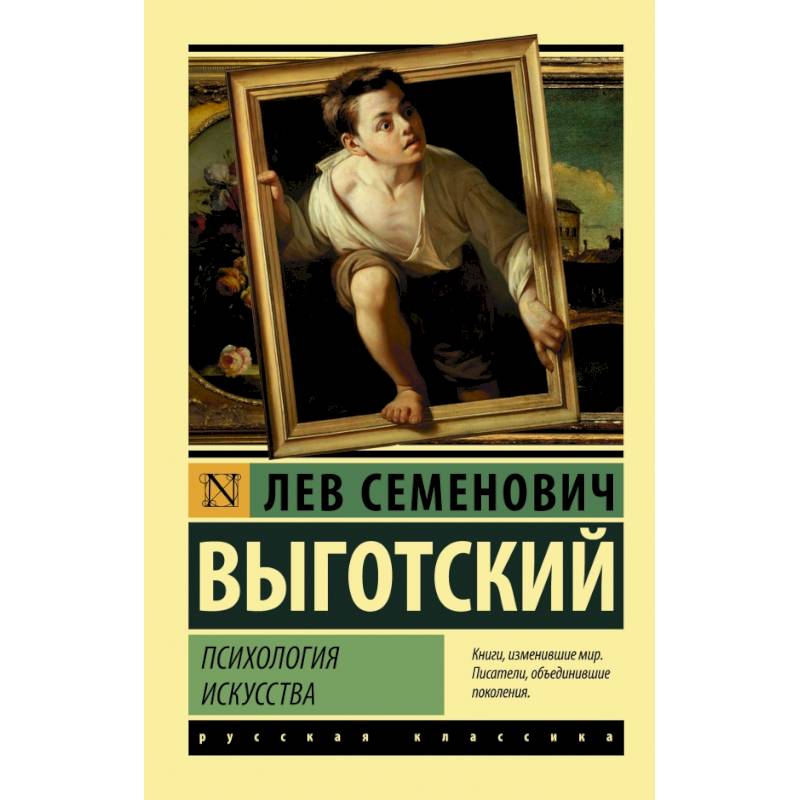Psychology of art
Please sign in so that we can notify you about a reply
"Psychology of art" was written by Vygotsky in the early 20s of the XX century, in the midst of post-revolutionary disputes about the future fate of culture. The young scientist put forward the original idea that every work of art is a system of stimuli, consciously and deliberately used by artists in order to cause a certain aesthetic reaction in the audience. Consequently, the psychologist, just as the detective builds a picture of the crime based on the analysis of the testimony of the accused, witnesses and the victim, can also give a voluminous picture of the planned reaction of the audience based on the analysis of the structure of irritants. And the one who perceives this work, claims Vygotsky. And in this" re -melting ", which itself is a creative act, he sees the true meaning and purpose of art.
The author illustrates and confirms his ideas and confirms with examples of a brilliant analysis of the works of the “Hamlet" Shakespeare” as different in the form of Shakespeare. , Krylov’s fables and the story of I. Bunin "Easy Breath"
The author illustrates and confirms his ideas and confirms with examples of a brilliant analysis of the works of the “Hamlet" Shakespeare” as different in the form of Shakespeare. , Krylov’s fables and the story of I. Bunin "Easy Breath"
Cover:
Cover:Soft
Category:
- Category:Politics & Social Science
- Category:Psychology
- Category:Reference books
Paper:
Paper:newspaper
Series:
Series: Exclusive
Age restrictions:
Age restrictions:12+
ISBN:
ISBN:978-5-17-115680-0
No reviews found
